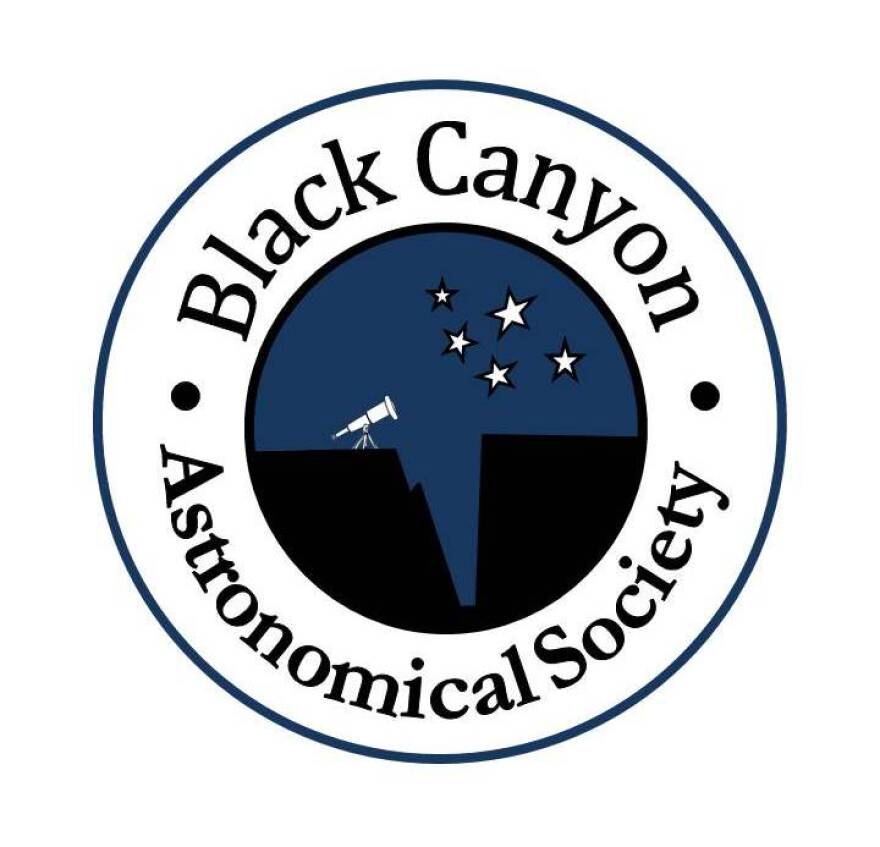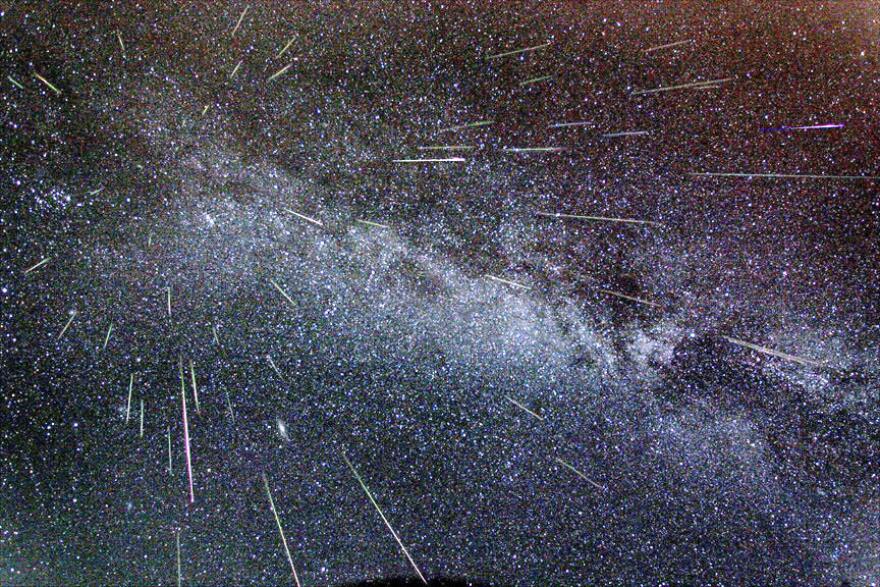Meteors occur when rocky or icy particles impact Earth’s atmosphere and disintegrate, producing streaks of light, often bright and sometimes colorful. The particles can range from sand grains to rocks of substantial size.
At certain times, the Earth travels though clouds of such debris. This can produce many meteors over a few hours or days. These large events are called meteor showers.
These clouds of debris are typically ejected from comets that cross Earth’s orbit. Because most comet orbits are stable for many decades, the time at which Earth crosses a particular comet’s orbit, and the resulting meteors shower, is a predictable annual event. For example, many people know about the Perseid Shower that occurs in early August. The Perseid shower is associated with remnants of comet 109P/Swift-Tuttle.
The intensity of a shower, as either forecast or observed, is called the Zenithal Hourly Rate or ZHR. This is the number of meteors an observer can see overhead per hour from a dark site. In November 1833, a meteor storm occurred with a ZHR of 60,000. A similar storm occurred in 1966. This was during the Leonid meteor shower, which is associated with the Comet 55P/Tempel-Tuttle, that orbits the sun every 33.2 years.
To determine the timing and forecast intensity of a shower, use information from the American Meteor Society web site, or the International Meteor Organization site.
For quick reference, the December 17-26, 2019 Ursids and the January 3-4, 2020 Quadrantids are worth a look.
The best time to observe most showers is after midnight local time. From our perspective, the Earth is then plowing head-on into the debris. Showers that occur during bright moon phases are not impressive. For any given meteor shower, the lunar phase will change from year to year.
Dress warmly, take a thermos with a hot drink, and lie down looking straight up. Meteors will appear to radiate from a fixed point in the sky. The effect is like driving into the rain at night. The droplets all appear to be coming from a single point in your headlights.

Western Slope Skies is produced by members of the Black Canyon Astronomical Society. This episode was written and recorded by Bryan Cashion.
Additional resources:
Visual simulation of meteor showers


